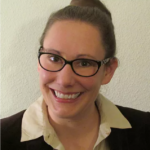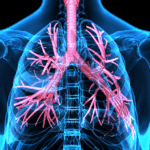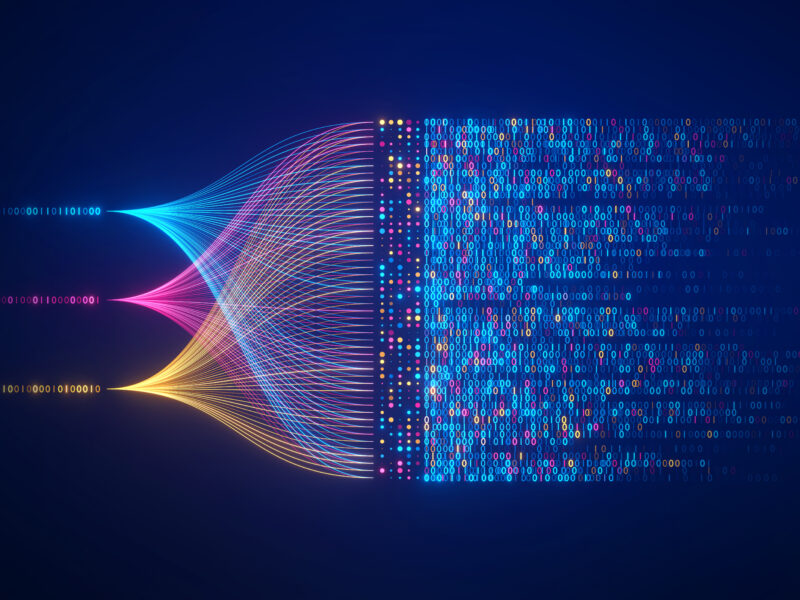New Approach to Understanding Slow Oscillations in the Sleeping Brain
New Approach to Understanding Slow Oscillations in the Sleeping Brain https://pediatricsnationwide.org/wp-content/themes/corpus/images/empty/thumbnail.jpg 150 150 Jessica Nye, PhD Jessica Nye, PhD https://secure.gravatar.com/avatar/?s=96&d=mm&r=g- April 10, 2024
- Jessica Nye, PhD
Investigators have proposed a novel model-based approach that leverages data generated during sleep to mimic global slow oscillations in the sleeping brain with closed-loop (cl) Transcranial Alternating Current Stimulation (tACS).
“We’re really interested in the sleeping brain because as we develop, the brain is changing. During sleep, we process information that we learn during the day, and we reorganize our synapses in the brain in order to better store the information. Sleep, and in particular sleep oscillations, tells us how the processing is happening during the night,” says Paola Malerba, PhD, principal investigator of the Brain Rhythms Lab at the Abigail Wexner Research Institute at Nationwide Children’s Hospital.
In a theoretical paper published in Frontiers in Human Neuroscience, Dr. Malerba and her team developed a classification-based approach to target global SOs during sleep by using machine learning and optimization to generate a closed-loop Transcranial Alternating Current Stimulation (cl-tACS) protocol trained to match slow oscillations (SOs) found in the electroencephalogram (EEG).
“We want to go to the place where we can interact with the sleeping brain,” says Dr. Malerba. “A lot of laboratories are currently using electrical or auditory stimulation during sleep. The way it’s currently done is very much by trial and error and there have been mixed results in the literature. We think that a lot of these mixed results are because we’re only looking at the time properties of the wave and not at the space-time properties of the wave.”
In the study, the team estimated currents generated by various stimulations using the cl-tACS to find the stimulation that matched global SOs observed during natural sleep. Then, they defined the mathematical representations of currents generated during natural sleep and during cl-tACS stimulation. Each SO event was encoded in a matrix representing both time and space and these data were used to train a cl-tACS stimulation protocol, looking for the best match between estimated stimulation current and the EEG SOs.
The best-fit model for global SOs summed three sinusoidal waves, had 10 adjustable parameters, and an electrode montage comprising one EEG electrode in each of the four quadrants on the head.
In the future, cl-tACS stimulation therapy may be effective at supporting treatment approaches in a number of clinical conditions involving sleep and memory, such as depression, Alzheimer’s disease and dystrophies, among others.
But ultimately, Dr. Malerba would like design a protocol for a specific clinical need. “Most of the stimulation studies ask, ‘Who are the people that respond to my protocol?’ As opposed to, ‘What should the protocol be based on the people?’ I’m interested in translation. I’m interested in meeting the patients where they’re at.”
In the meantime, Dr. Malerba and colleagues are launching a Special Interest Group in Sleep at Nationwide Children’s. Their aim is to form a group of researchers and clinicians interested in promoting activities that accelerate sleep research by facilitating knowledge exchange and networking opportunities to hear about sleep research programs at Nationwide Children’s.
Reference
Alipour M, Seok SC, Mednick SC, Malerba P. A classification-based generative approach to selective targeting of global slow oscillations during sleep. Front Hum Neurosci. 2024;18:1342975.
About the author
Jessica Nye, PhD, is a freelance science and medical writer based in Barcelona, Spain. She completed her BS in biology and chemistry and MS in evolutionary biology at Florida State University. Dr. Nye studied population genetics for her doctorate in biomedicine at University of Pompeu Fabra. She conducted her postdoctoral research on the inheritance of complex traits at the Autonomous University of Barcelona.
-
Jessica Nye, PhDhttps://pediatricsnationwide.org/author/jessica-nye-phd/
-
Jessica Nye, PhDhttps://pediatricsnationwide.org/author/jessica-nye-phd/
-
Jessica Nye, PhDhttps://pediatricsnationwide.org/author/jessica-nye-phd/January 3, 2022
-
Jessica Nye, PhDhttps://pediatricsnationwide.org/author/jessica-nye-phd/










